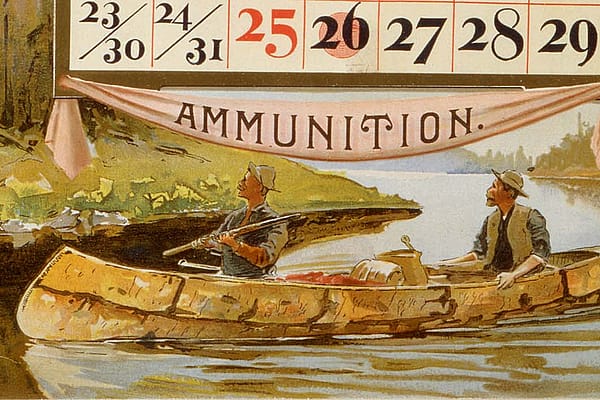
Treasures from Our West: Gray wolf skull
Originally featured in Points West in Summer 2009
Gray wolf skull
Collections serve different purposes in different types of museums. Biological and paleontological specimens in natural history museums provide us with the record of life on earth. This record reveals changes in the presence, distribution, and relative abundance of plants and animals through time. It also allows us to explore how individuals of a species vary from one another given their geographic location.
This “geographic variation” has generated much national interest in recent years, especially with the gray wolves (Canis lupus), captured in Canada and released in Yellowstone National Park in the mid-1990s. Were they representative of the population of gray wolves that historically inhabited the Greater Yellowstone region? One way to find out is to measure and compare physical traits of gray wolves currently living in the Yellowstone region to those that were collected from this area prior to the Canadian introductions.
Wolf specimens provide the critical information needed to explore this question. The Draper Natural History Museum is one repository for modern gray wolf specimens from the Yellowstone region. The picture specimen is one of several received after the wolves were killed by the U.S. Fish and Wildlife Service for preying on livestock. Our volunteers prepared it in our open laboratory so that visitors could get a behind-the-scenes glimpse. In fact, the laboratory has become one of the most popular “exhibits” in the Draper!
As the availability of research specimens of Yellowstone area wolves increases, we will be better able to answer questions—such as the one raised here—and explore new ones about gray wolf biology and ecology.
Gray wolf skull. U.S. Fish and Wildlife Service. DRA.305.71
Post 083
Written By
Nancy McClure
Nancy now does Grants & Foundations Relations for the Center of the West's Development Department, but was formerly the Content Producer for the Center's Public Relations Department, where her work included writing and updating website content, publicizing events, copy editing, working with images, and producing the e-newsletter Western Wire. Her current job is seeking and applying for funding from government grants and private foundations. In her spare time, Nancy enjoys photography, reading, flower gardening, and playing the flute.










